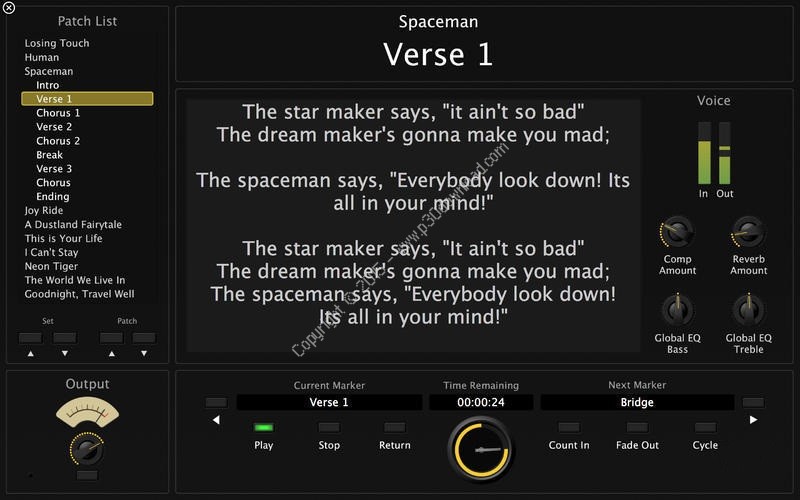
Some consumers, especially those in Japan, prefer a larger apple, while apples below 5.5 cm ( 2 + 1⁄ 4 in) are generally used for making juice and have little fresh market value. Commercial growers aim to produce an apple that is 7 to 8.5 cm ( 2 + 3⁄ 4 to 3 + 1⁄ 4 in) in diameter, due to market preference. The fruit is a pome that matures in late summer or autumn, and cultivars exist in a wide range of sizes. The central flower of the inflorescence is called the "king bloom" it opens first and can develop a larger fruit. The 3 to 4 cm (1 to 1 + 1⁄ 2 in) flowers are white with a pink tinge that gradually fades, five petaled, with an inflorescence consisting of a cyme with 4–6 flowers. This use is analogous to the French language use of pomme.īlossoms are produced in spring simultaneously with the budding of the leaves and are produced on spurs and some long shoots. This is ultimately derived from Proto-Indo-European * ab(e)l-, but the precise original meaning and the relationship between both words is uncertain.Īs late as the 17th century, the word also functioned as a generic term for all fruit other than berries but including nuts-such as the 14th century Middle English word appel of paradis, meaning a banana. The word apple, formerly spelled æppel in Old English, is derived from the Proto-Germanic root * ap(a)laz, which could also mean fruit in general.

Create a dichotomous key for use as an identification tool.

Identify unknown organisms based on their physical characteristics.Learn the practical applications of classification systems.Use a library as an analogy to help understand the importance of classification.In doing so, discover why classification systems are so important to biologists. In Introduction to Classification, it’s your job to examine the features of insects and use them to create a dichotomous key and a classification system. Study organisms and learn to classify them right on your device. Why not experience and do science rather than just reading about it! With highly interactive activities, you see it, do it, practice it, and apply it.


 0 kommentar(er)
0 kommentar(er)
